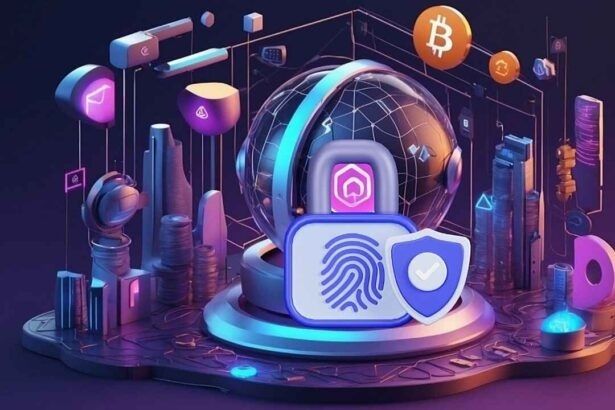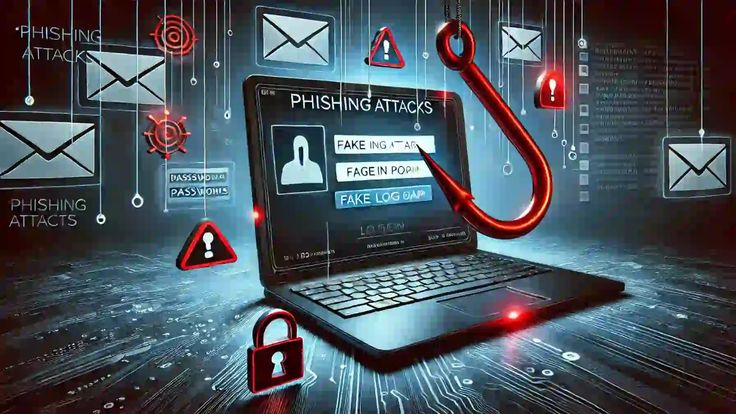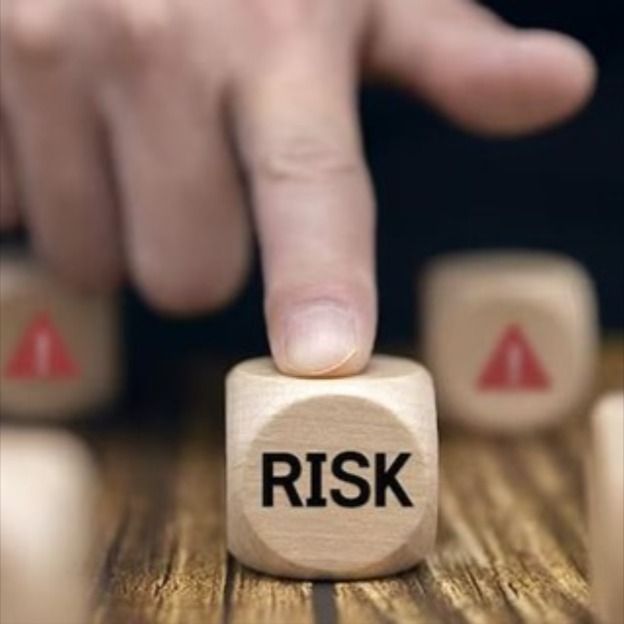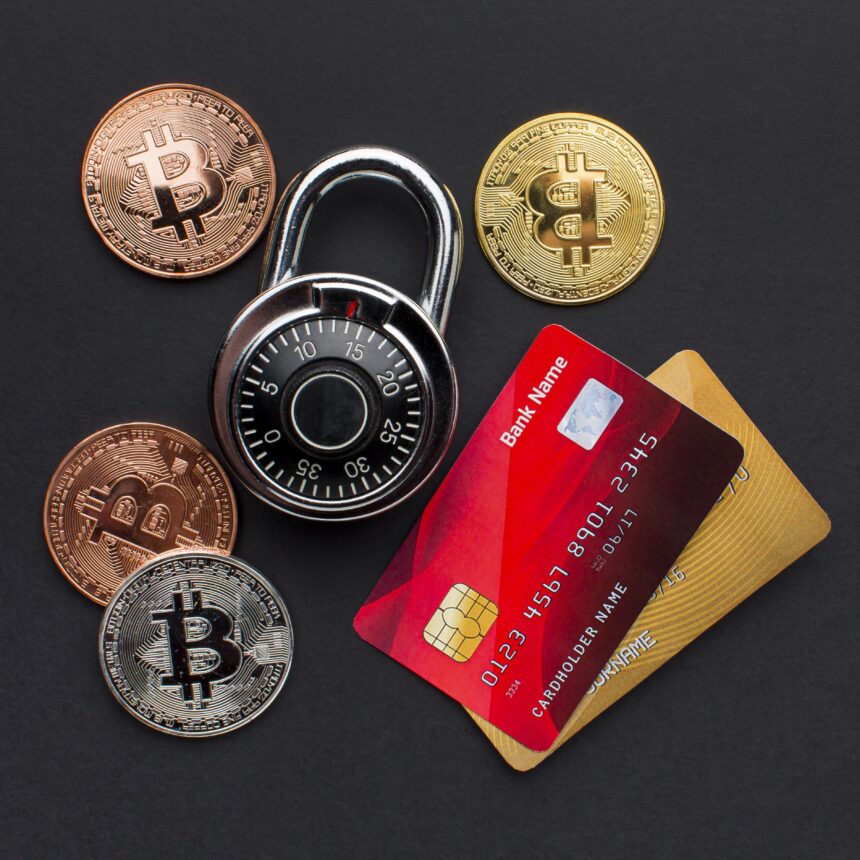Cryptocurrency has revolutionized the way we perceive and manage money. With the rise of Bitcoin, Ethereum, and countless other digital currencies, more individuals are embracing this innovative financial frontier. However, along with its benefits comes the responsibility of safeguarding your digital assets from potential threats. This guide delves into the best practices for securing your cryptocurrency and ensuring your investments remain protected.
Understanding the Importance of Crypto Security

The decentralized nature of cryptocurrencies is both their greatest strength and their Achilles’ heel. Unlike traditional banking systems, where institutions provide layers of protection, cryptocurrency holders bear the sole responsibility for their asset security. This autonomy empowers users but also places them at risk if proper precautions aren’t taken.
Hackers, phishing attacks, and malware are constant threats to crypto users. According to a report by Chainalysis, billions of dollars’ worth of cryptocurrency have been lost to cybercrime. This highlights the urgency of adopting robust security measures. Protecting your assets isn’t just about safeguarding your wealth; it’s about maintaining the integrity of your investments in a volatile market.
Using Secure Wallets: Your First Line of Defense
Selecting the right wallet is a critical step in securing your cryptocurrency. Wallets are classified into two main categories: hot wallets and cold wallets. Hot wallets are connected to the internet, making them convenient for frequent transactions but more susceptible to hacking. In contrast, cold wallets operate offline, providing a higher level of security for long-term storage.
Hardware wallets like Ledger and Trezor are popular cold storage solutions that encrypt your private keys offline. These devices are user-friendly and come with features like PIN protection and recovery options in case of device loss. On the other hand, mobile or desktop wallets, while accessible, require additional layers of protection, such as strong passwords and two-factor authentication (2FA).
Strong Passwords and Two-Factor Authentication

Passwords act as the first barrier against unauthorized access. Yet, weak or reused passwords are one of the most common vulnerabilities exploited by hackers. Create unique, complex passwords for each of your crypto accounts and wallets. Use a combination of letters, numbers, and special characters, and avoid including personal information that could be easily guessed.
Two-factor authentication (2FA) adds an extra layer of security by requiring a second form of verification, such as a code sent to your mobile device or generated by an authenticator app. Google Authenticator and Authy are widely recommended options for securing crypto-related accounts. Enabling 2FA significantly reduces the risk of unauthorized access, even if your primary password is compromised.
Avoiding Phishing Scams and Malware

Phishing attacks are designed to trick users into revealing sensitive information, such as private keys or login credentials. These attacks often come in the form of fake emails, websites, or social media messages that appear legitimate. Always double-check URLs, and never click on links from unverified sources. Bookmark the official websites of crypto exchanges and wallets to avoid accidentally landing on fraudulent sites.
Malware is another prevalent threat to crypto security. Keyloggers and spyware can record your keystrokes or monitor your activities, stealing sensitive information without your knowledge. Install reputable antivirus software and keep it updated. Additionally, avoid downloading files or software from untrusted sources.
Keeping Software and Firmware Updated

Outdated software and firmware can have vulnerabilities that hackers exploit. Regularly updating your wallet software, mobile apps, and hardware wallet firmware ensures that you’re protected against the latest threats. Developers often release updates to patch security flaws and enhance functionality, making it essential to stay up-to-date.
Automatic updates can be convenient, but manual updates provide an opportunity to review the changes and confirm their legitimacy. Always download updates directly from official sources to avoid counterfeit versions that may be laced with malware.
The Role of Backup and Recovery
Backing up your cryptocurrency wallet is a crucial step in ensuring you can recover your funds if something goes wrong. Most wallets provide a recovery phrase or seed phrase—a series of words that act as a backup for your private keys. Store this phrase in a safe, offline location, such as a secure safe or safety deposit box. Avoid storing it digitally, as this increases the risk of theft through hacking.
Additionally, test your recovery process periodically to ensure you can successfully restore your wallet if needed. Having a clear and reliable recovery plan can save you from potentially losing your assets forever.
Practicing Safe Online Habits
The way you interact online can significantly impact your cryptographic security. Avoid using public Wi-Fi networks when accessing your crypto accounts, as these networks are often unsecured and can expose you to cyber threats. If you must use public Wi-Fi, consider using a Virtual Private Network (VPN) to encrypt your internet connection.
Regularly monitor your accounts for unusual activity and promptly report any discrepancies. Be cautious about sharing information related to your crypto holdings, as publicly revealing your investments can make you a target for scams or attacks.
Diversifying Your Holdings and Risks

While security measures can minimize risks, diversifying your holdings is another strategy to protect your investments. Avoid storing all your cryptocurrency in a single wallet or exchange. Spread your assets across multiple wallets, and consider using different types of wallets (e.g., hardware and software) for added security.
Furthermore, only keep the amount of cryptocurrency you need for immediate transactions in hot wallets. Store the majority of your holdings in cold wallets to mitigate the risk of large-scale losses in case of a breach.
Educating Yourself and Staying Informed
The cryptocurrency landscape is dynamic, with new threats and solutions emerging regularly. Stay informed about the latest security practices by following reputable crypto news sources, blogs, and forums. Participate in online communities to learn from experienced users and share insights.
Understanding the technology behind cryptocurrency can also empower you to make informed decisions. Familiarize yourself with blockchain technology, private keys, and transaction processes. The more you know, the better equipped you’ll be to protect your assets.
Securing your cryptocurrency requires a proactive approach and a commitment to adopting best practices. By using secure wallets, enabling two-factor authentication, staying vigilant against phishing scams, and keeping your software updated, you can significantly reduce the risk of losing your digital assets. Remember, the responsibility for safeguarding your investments ultimately rests with you. Take the necessary steps today to ensure your crypto journey is both secure and rewarding.

